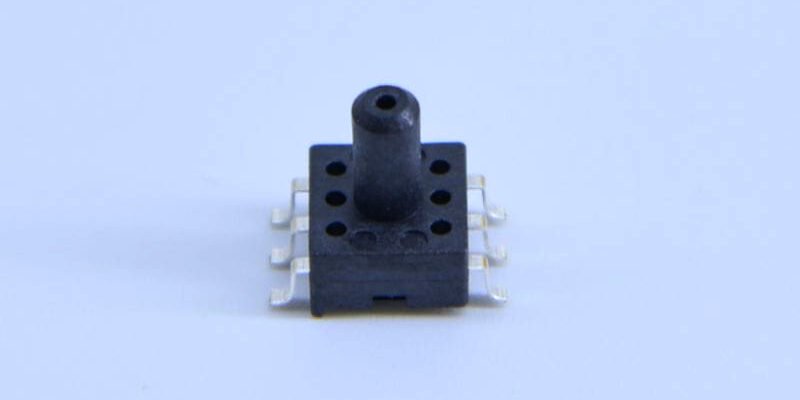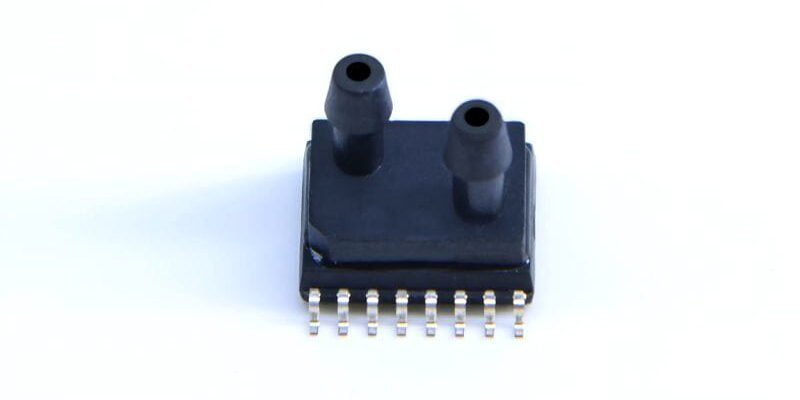Métodos de conexión neumática para sensores de presión.
Guide to pneumatic connections for pressure sensors: tubing selection, O-ring manifold design, sealing and installation tips for reliable sensor performance.
Métodos de conexión neumática para sensores de presión. Leer entrada »














